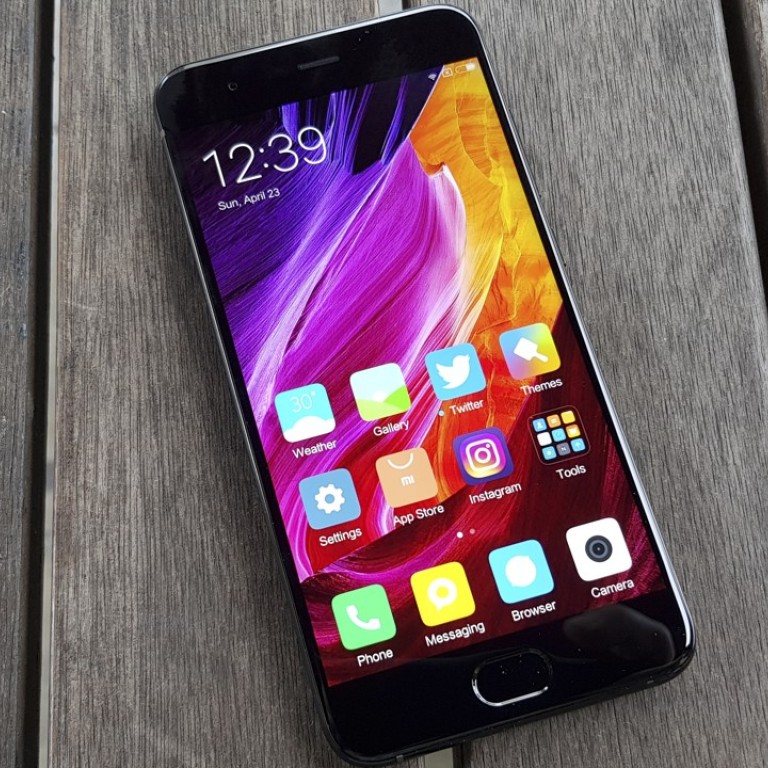
Xiaomi’s new Mi 6, the first step in a new strategy for phone maker
Last year’s bezel-free Mi Mix may have been a breakthrough, but after slowing smartphone sales and a flawed focus on online retail, chairman Lei Jun says it’s time to reach out to Chinese consumers through an expanding network of stores and a wider range of connected smart devices
Xiaomi may have blazed a trail for smartphones with no bezels with last year’s Mi Mix, but the Chinese phone maker says it has no plans to mass produce models with that feature yet.
“We didn’t go for a bezel-free look because it’s a different product category,” says Xiaomi’s senior vice-president Wang Xiang of the newly released Mi 6. “The Mi series has always been our flagship line, so it’s always been more mainstream, more conventional. Plus we wanted to keep the Mi design language going forward.”
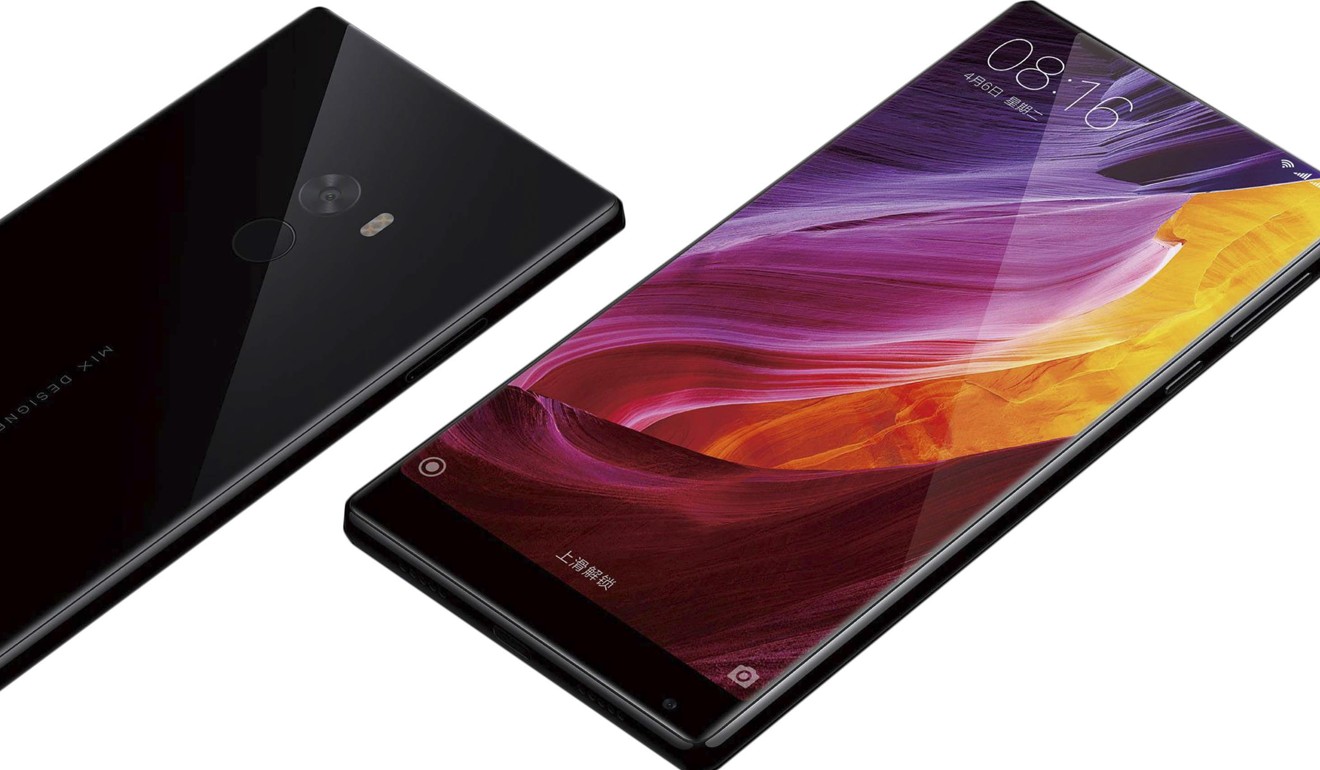
He adds that the company will definitely continue the bezel-free experiment, and all but confirmed the rumoured Mi Mix 2 for later this year.
Wang – who replaced the high-profile ex-Google senior executive Hugo Barra to oversee Xiaomi’s global operations in January – made the comment at last month’s launch of the Mi 6 at the Beijing University of Technology Gymnasium that was built by the Chinese government to host the 2008 Olympics.

According to Lei, one reason for the company’s slowing business growth in the past two years has been too much emphasis on online sales and not enough on traditional retail outlets. Xiaomi now hopes that the Mi 6 will follow the success of Mi Mix to reach more consumers than the Mi 4 and 5 did by making it (and other products) available in shops across the country.
“We used to focus only on online sales, but we now realise that only accounts for 10 per cent of total smartphone sales in China,” says Lei, conceding the flaw in Xiaomi’s old business strategy: online retail may be killing bricks-and-mortar stores in North America, but in China, many consumers, especially those in less developed cities, are not ready to make the jump.
Indeed, it was Vivo and Oppo’s heavy push towards investing in physical retail stores that helped them overtake Xiaomi in market share and total sales in 2016.
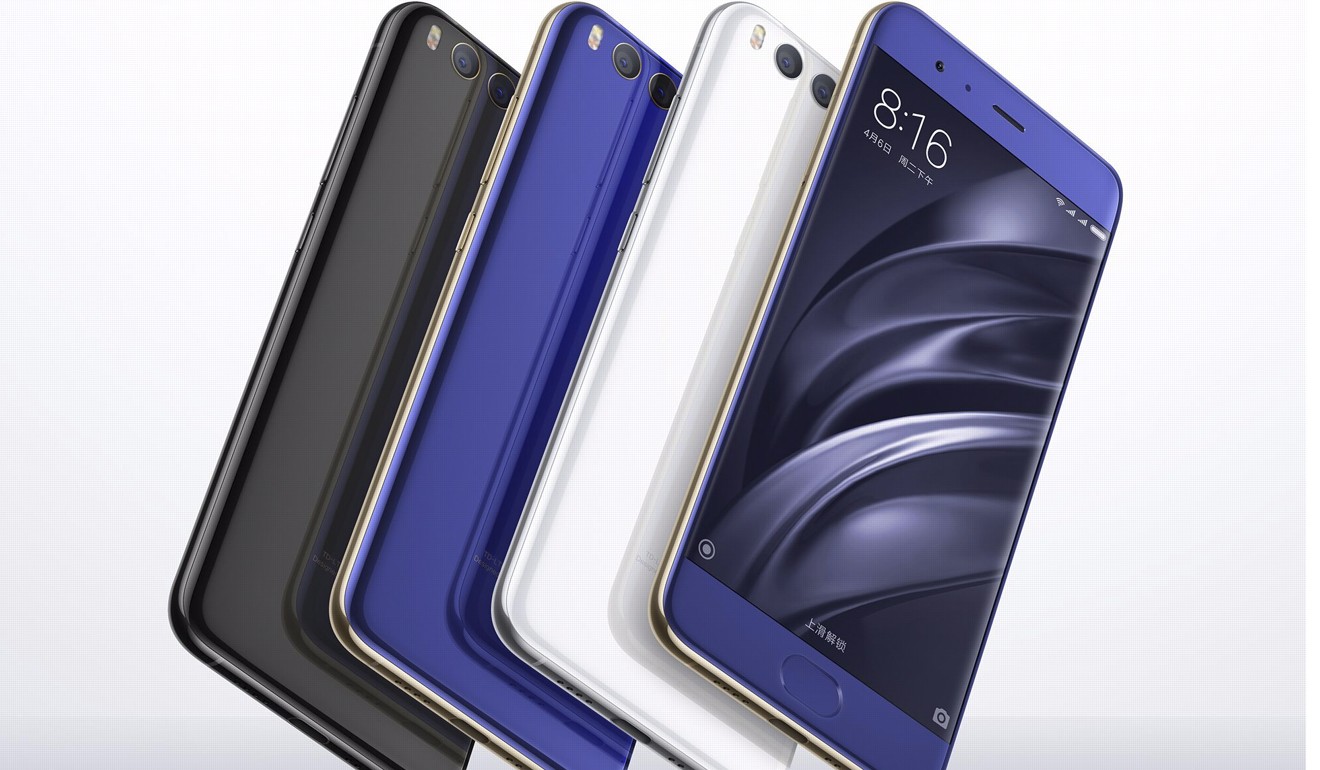
“We aim to have 200 to 250 stores by the end of this year,” he says. “And 1,000 stores by the end of 2020.”
The second part of the comeback plan is to build a wider product line of connected smart devices that can fill every corner of a consumer’s home.
“The Internet of Things is here,” says Wang. “And we are dedicated to building a connected eco-system.”
Currently, Xiaomi’s cloud has 50 million connected devices, a figure Wang says is number one in China and “top five globally”. The devices cover a range of electronics, from air purifiers to smart rice cookers to TV boxes.
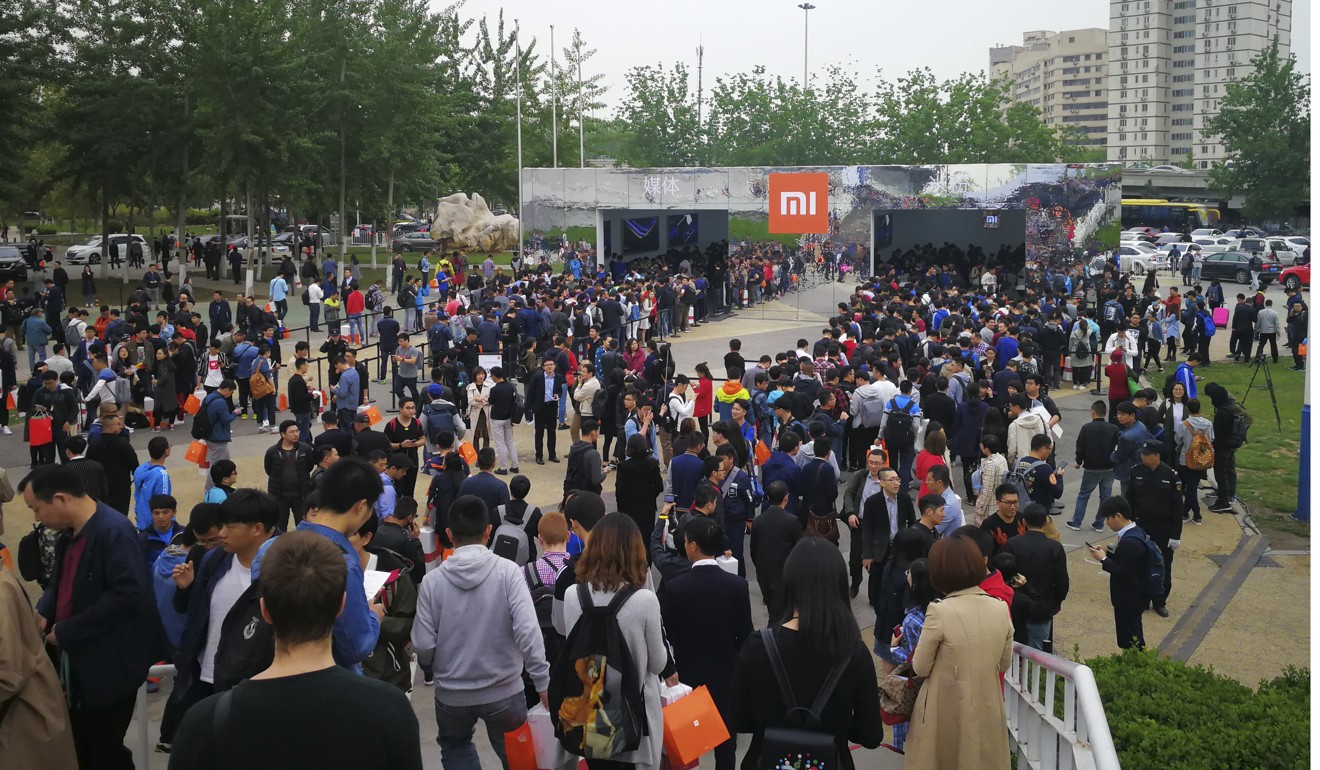
“We give them a hand in building the product,” says Wang. “And once the product reaches a high level, we slap our logo on them and put on our website and stores to sell.”
The system is paying off. Last year Xiaomi finally made its entry into the US market when its 4k TV streaming box (Mi Box) hit American store shelves. In March, Xiaomi’s Mi Smart LED Lamp won the iF Design gold award.
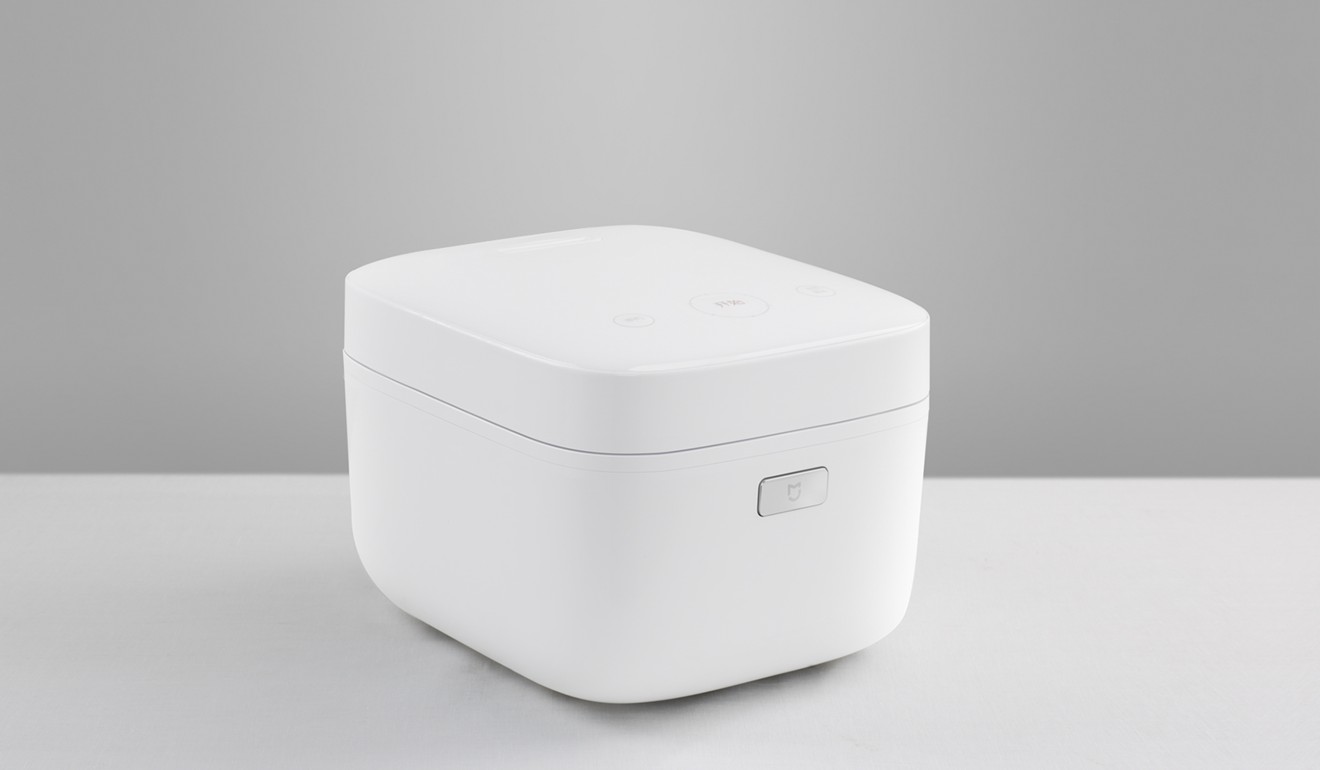
“We began as a smartphone company,” Wang says. “But right now, we are the biggest hardware incubator in China, and we want to do more.”
Meanwhile, fans at the Gymnasium roar in approval as Lei announces the Mi 6’s specs one by one: the Snapdragon 835 processor (same as Samsung’s far more expensive Galaxy S8); the 6GB of RAM; the dual-camera set-up with a dedicated telephoto lens; and the price (2,499 yuan/HK$2,820 or 2,899 yuan, depending on storage). But the reaction to the phone’s looks was more muted.
With a full metal unibody build and no camera hump, the Mi 6 isn’t a bad looking phone but isn’t particularly exciting either. And the return of the bezels was disappointing to journalists and fans at the event.
Perhaps Xiaomi should take stock and rethink its product strategy, too.

